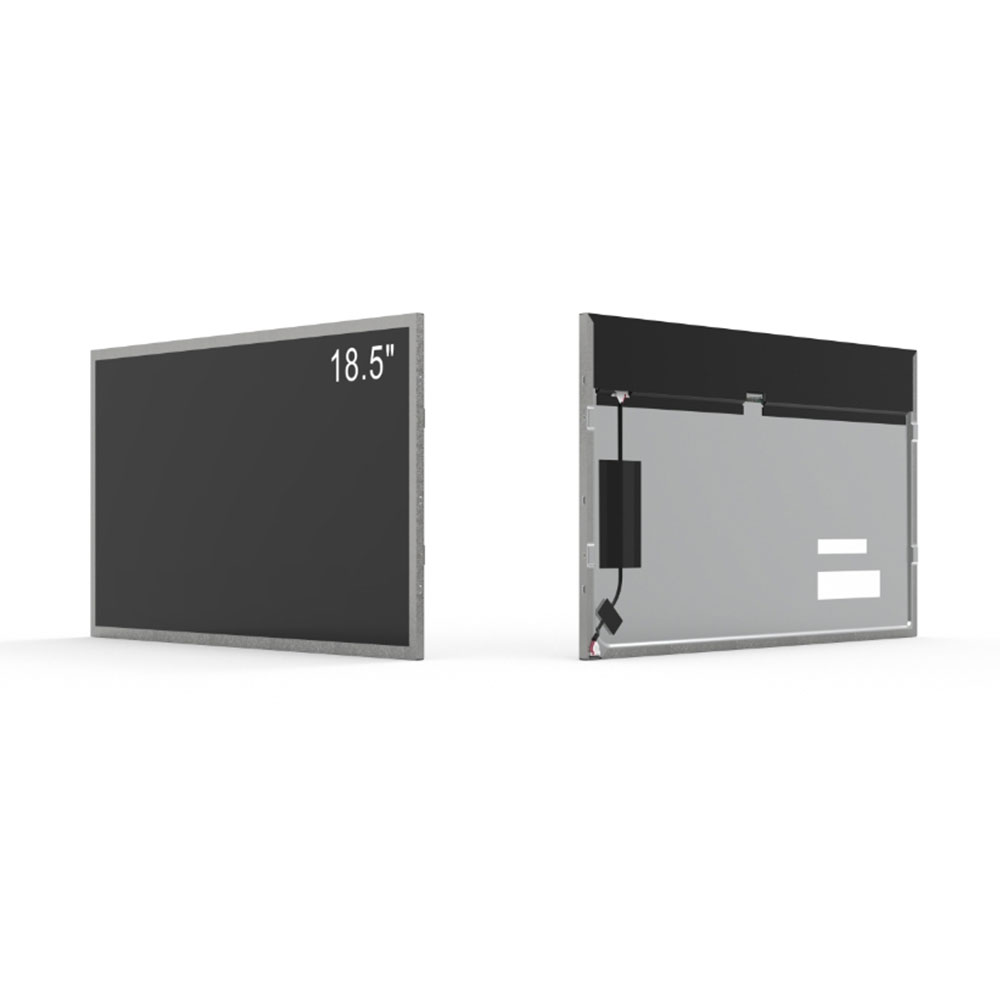When selecting an outdoor LCD screen for commercial, industrial, or public use, several technical parameters must be evaluated to ensure optimal performance under real-world environmental conditions. Brightness is arguably the most critical factor—outdoor screens must typically achieve 5,000 to 10,000 nits of brightness to remain visible in direct sunlight. For example, a retail kiosk in a sunny urban plaza requires at least 7,000 nits to maintain readability during peak daylight hours. According to the Society of Motion Picture and Television Engineers (SMPTE), screens with less than 5,000 nits risk becoming unusable in bright environments.
Environmental sealing is another non-negotiable element. The Ingress Protection (IP) rating should be at minimum IP65 for dust and water resistance. High-end models often exceed this with IP67 or even IP68 ratings, ensuring functionality in heavy rain, snow, or dusty desert conditions. A case study from a solar farm in Arizona demonstrated that IP68-rated displays maintained full operation after 3 months of exposure to sandstorms and 120°F ambient temperatures—while lower-rated units failed within weeks.
Display technology also plays a pivotal role. While LED-backlit LCDs are common, newer OLED and micro-LED options offer superior contrast ratios and wider viewing angles. However, for extreme durability, traditional LCD panels with high-luminance LEDs remain the gold standard. Industry data from the International Electrotechnical Commission (IEC) shows that LCD-based outdoor displays outperform OLEDs in longevity when subjected to UV radiation and thermal cycling over 5 years.

Thermal management is often overlooked but essential. Outdoor screens must include active cooling systems such as fans or heat sinks, especially in tropical climates. A project in Singapore revealed that uncooled screens experienced up to 40% higher failure rates due to overheating during summer months. Proper ventilation design and temperature sensors integrated into the control board can prevent premature degradation.
Finally, maintenance accessibility and remote diagnostics are key for long-term cost-efficiency. Modern outdoor LCDs now support SNMP protocols and cloud-based monitoring, allowing facility managers to detect issues before they escalate. This feature reduces downtime by up to 60%, as shown in a 2023 report by the Display Supply Chain Council.
In summary, choosing the right outdoor LCD screen demands a holistic approach—balancing brightness, sealing, display tech, thermal design, and smart maintenance features. By adhering to these engineering principles, businesses can deploy reliable, long-lasting digital signage solutions that deliver clear messaging regardless of weather or location.







